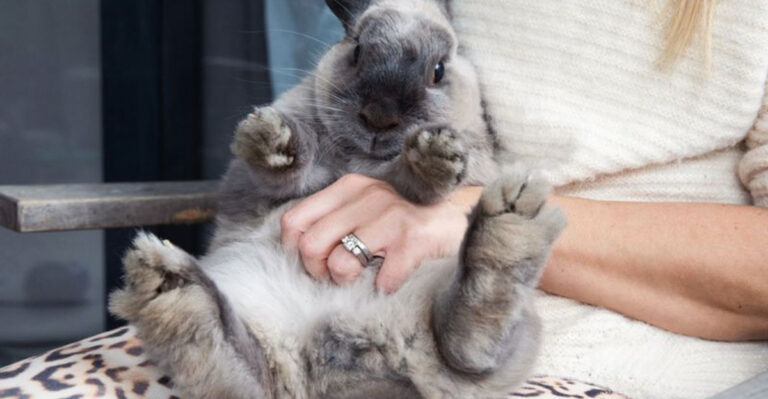15 Tips For Creating Emotional Security In Multi-Cat Households
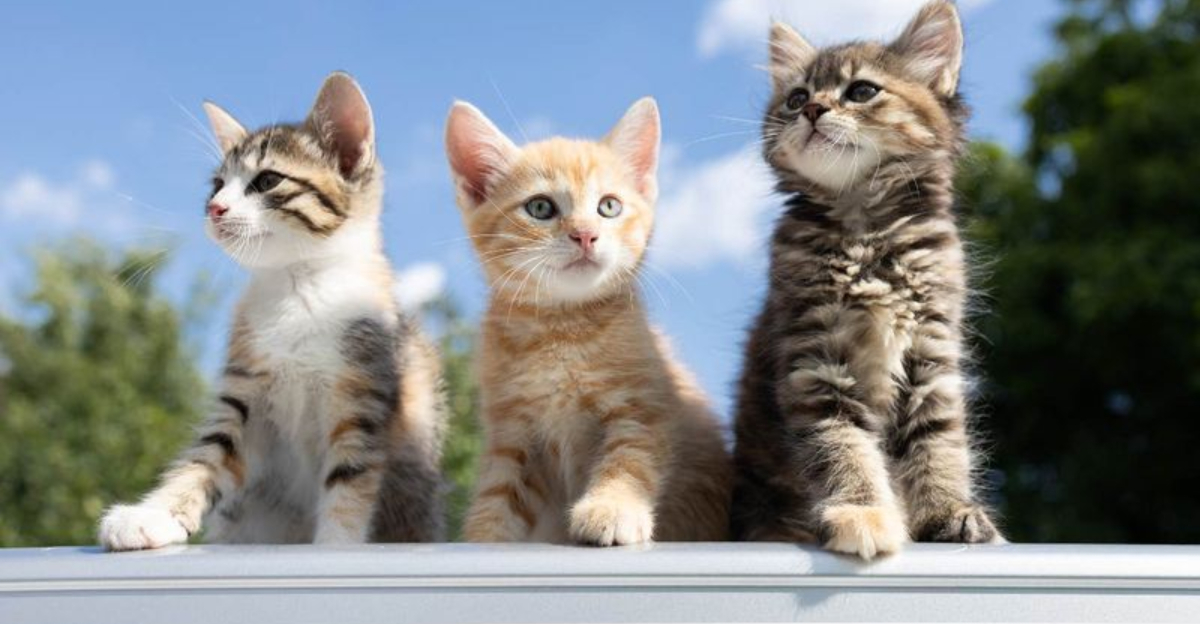
Ever walked into a room and felt the tension in the air? Believe it or not, our feline friends feel it too, especially in a multi-cat household.
Creating emotional security for cats isn’t just about comfy cushions and endless kibble – it’s about understanding their unique world.
Cats, with their quirky personalities and regal demeanor, can sometimes clash. But with a few thoughtful strategies, we can turn that feud into friendship.
1. Personal Space Matters
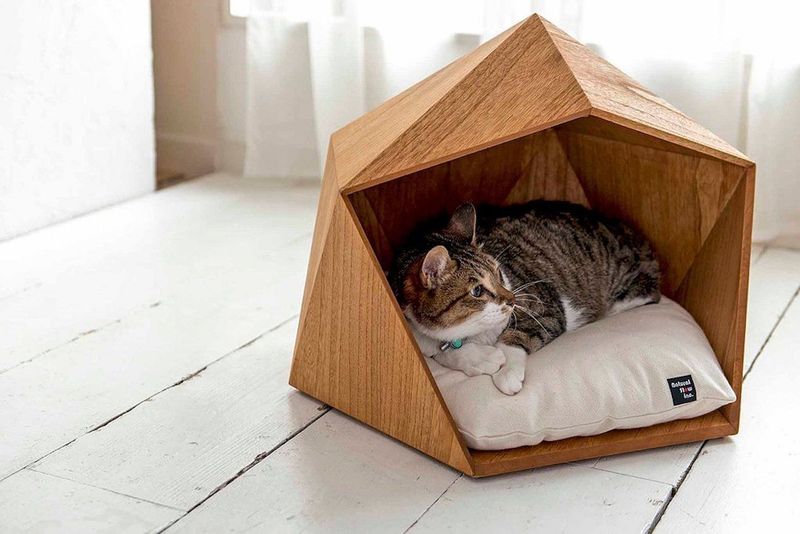
Cats are like us in more ways than one; they cherish their personal space. Ever notice how your cat has a favorite spot to snooze? That’s their personal sanctuary.
Providing individual spaces for each cat can help reduce conflicts. Think of it as assigning them their very own private retreat.
A variety of perches, beds, and hideaways can cater to each cat’s unique preference. This personal domain makes them feel safe and respected, helping foster a harmonious environment.
2. The Magic of Mealtime
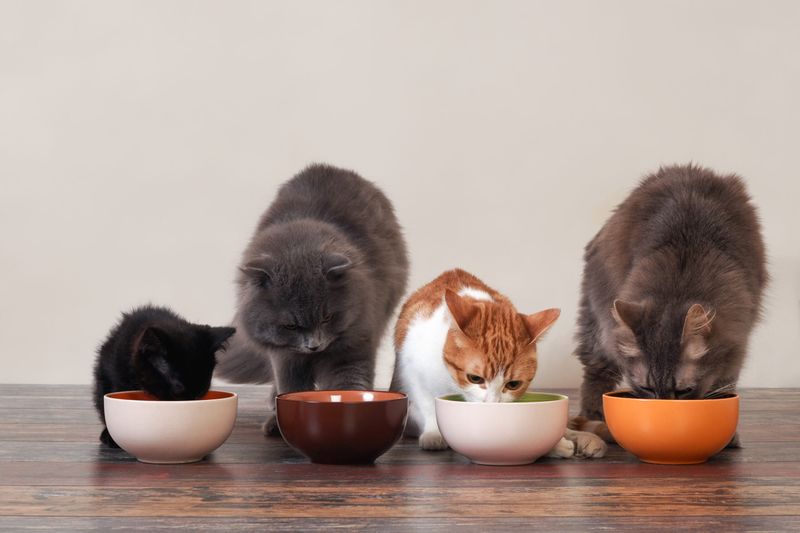
Imagine a world where every meal is a feast. For cats, mealtime is a crucial ritual. Ensure each feline has its own dish, set apart from others.
This not only avoids food fights but also gives each cat a sense of security and routine. Feeding them simultaneously can prevent jealousy and competition.
It’s not just food; it’s a bonding experience that reassures them of their place in the family. Happy bellies lead to happy hearts.
3. Playtime Equals Peace
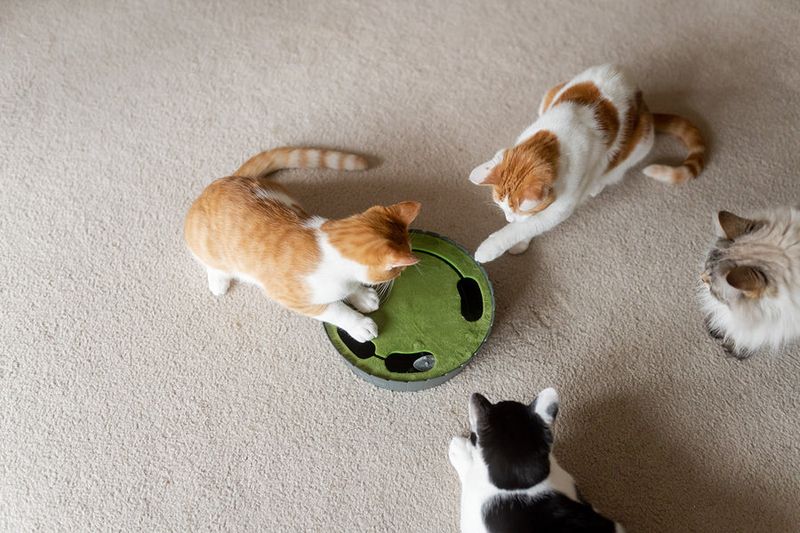
Who knew a little play could make such a big difference? Cats thrive on mental and physical stimulation. Engaging them in playtime activities is not just fun, but it also helps in reducing stress and aggression.
Interactive toys that multiple cats can enjoy together promote teamwork and understanding. It’s more than just play; it’s a way for them to channel energy positively.
A tired cat is often a happy, content cat, ready to nap peacefully.
4. Understanding Body Language
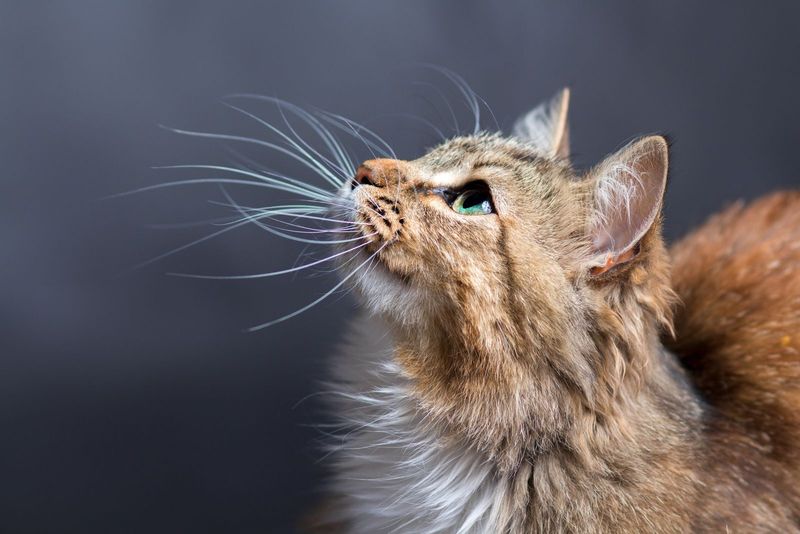
Ever feel like your cat is speaking a language you don’t understand? Cats communicate through body language, and learning it can be a game-changer.
Recognizing signs of stress or aggression can help you intervene before a spat occurs. Pay attention to their tails, ears, and eyes – they tell a story.
Understanding these signals fosters empathy and timely action, preventing conflicts. It’s like learning to read a book that keeps peace in the household.
5. The Power Of Scent
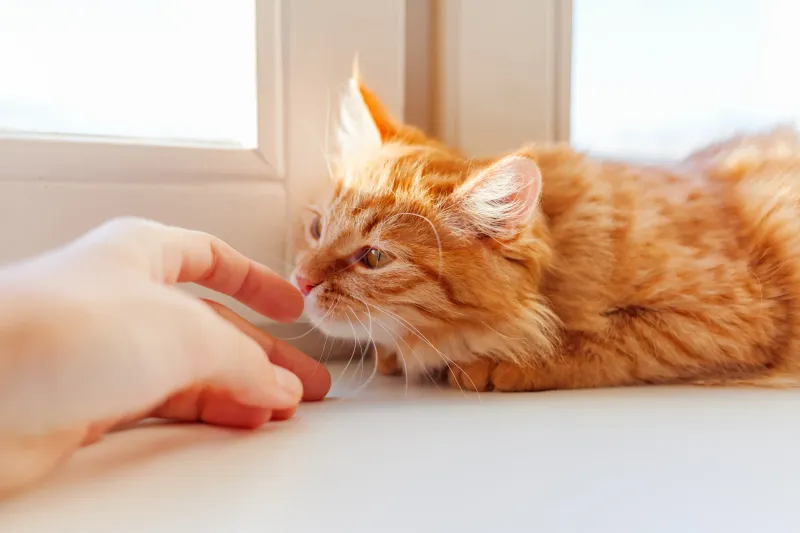
Did you know scents can influence a cat’s mood? Using pheromone diffusers or sprays can create a calming atmosphere for your felines.
Scents play a huge role in how cats perceive their environment. A familiar, comforting scent can reduce anxiety and promote a sense of belonging.
It’s like aromatherapy for cats, soothing their nerves and minimizing territorial disputes. A happy nose leads to a happy home for your multi-cat family.
6. Routine: The Comfort Of Consistency
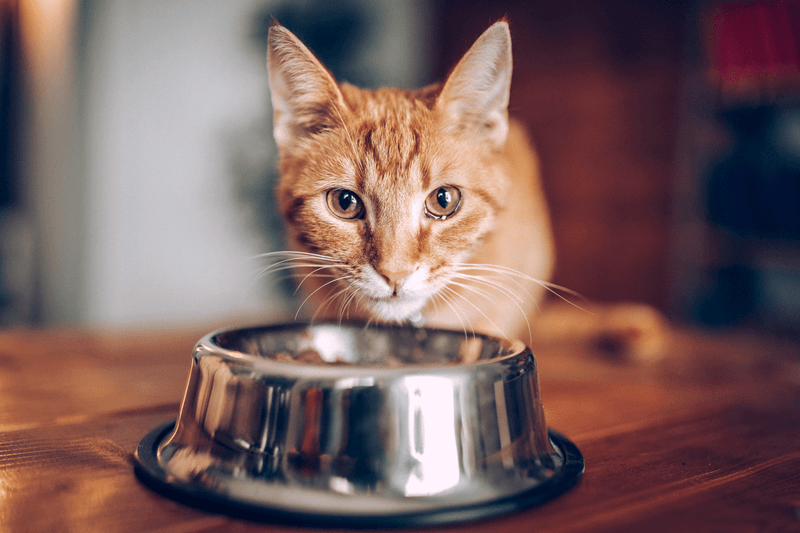
Cats are creatures of habit, much like us clinging to our morning coffee ritual. Establishing a consistent routine can make your cats feel secure and grounded.
Regular feeding times, play sessions, and even grooming can provide stability. This predictability reduces anxiety and helps them anticipate what’s next.
It’s like giving them a roadmap of their day, where surprises are minimized and comfort is maximized. Consistency is key to a peaceful household.
7. Grooming As A Bonding Tool

Who doesn’t love a little pampering? Grooming isn’t just about keeping your cats looking their best; it’s also a bonding experience.
Regular grooming sessions can help reduce stress and increase trust. It’s a moment of one-on-one attention that each cat craves.
The gentle strokes of a brush not only keep their coats shiny but also strengthen the bond between you and your feline companions. A well-groomed cat is a happy and secure cat.
8. The Art Of Introduction
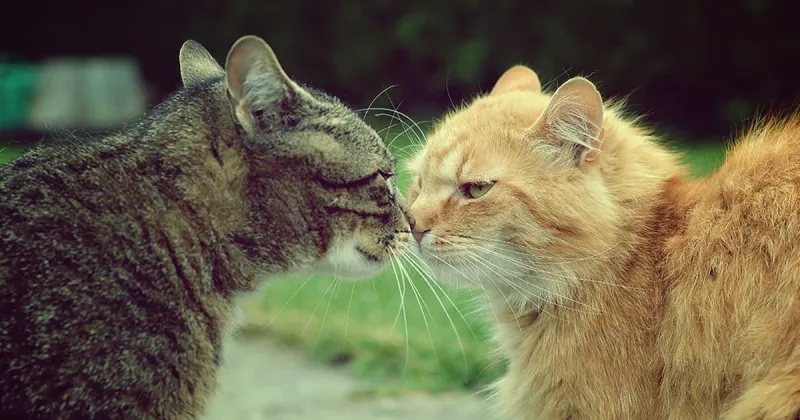
Bringing a new face into the mix? Introductions should be slow and steady. Cats are territorial creatures, and a sudden change can be unsettling.
Gradual introductions allow them to adjust at their own pace. Using scent swapping techniques and supervised meetings can ease the transition.
This method reduces stress and helps the new addition feel welcome. It’s like rolling out the red carpet for a new friend, ensuring everyone feels comfortable and respected.
9. The Importance Of Vertical Space
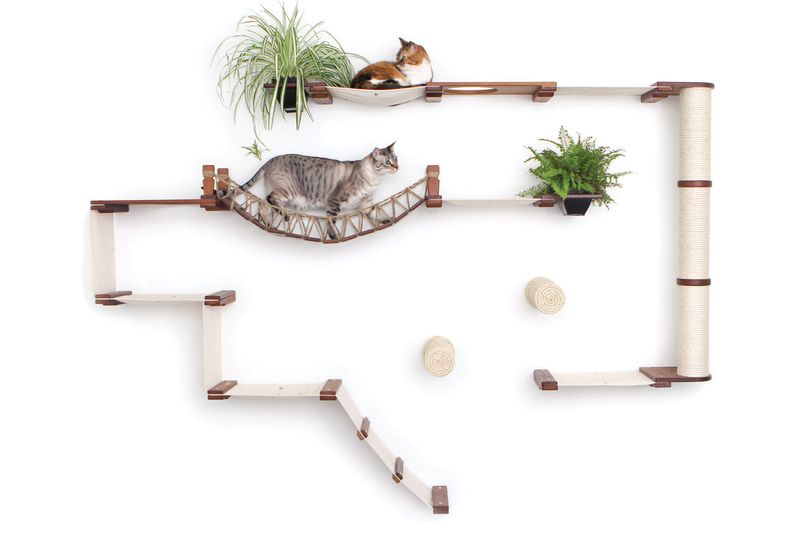
Ever notice how cats love heights? Vertical spaces are more than just a playground; they’re a sanctuary. Providing cat trees and shelves gives each feline a perch to survey their kingdom.
This vertical territory helps reduce territorial disputes by expanding their domain. It’s like giving your cats a multi-story mansion where they can retreat, explore, and relax.
Vertical space offers them a sense of control and security, crucial for harmony.
10. Recognizing Individual Personalities
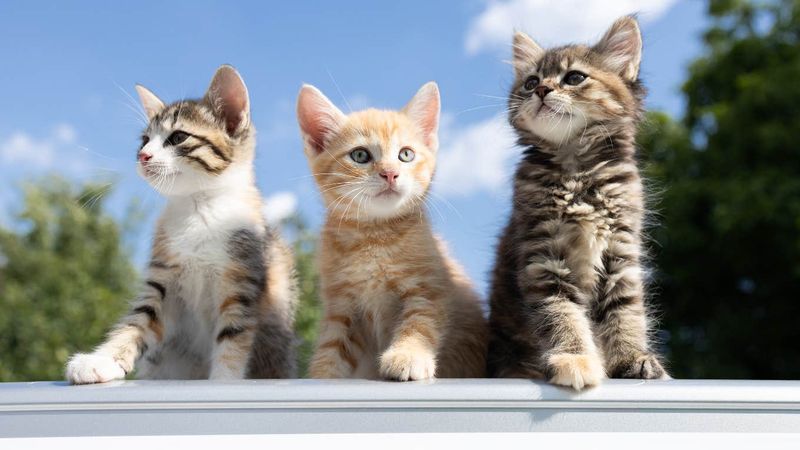
No two cats are alike, and recognizing their unique personalities is key. Some are outgoing and playful, while others are reserved and observing.
Understanding these differences can help tailor interactions and prevent misunderstandings. It’s like knowing whether your friend prefers a quiet chat or a lively party.
Respecting individuality fosters a respectful and empathetic environment. When each cat’s personality is celebrated, harmony thrives, and conflicts diminish.
11. Respecting Boundaries
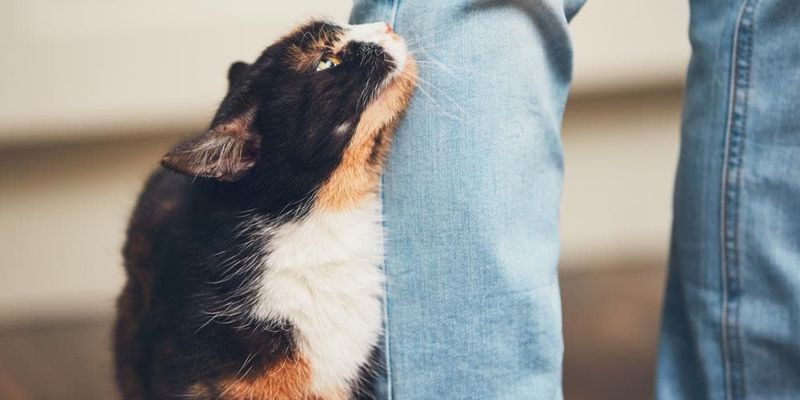
Boundaries aren’t just for people! Cats need their personal limits respected too. Understanding and respecting these boundaries can prevent many altercations.
It’s essential to allow them alone time and not force interactions. Think of it as giving them the space to breathe and be themselves.
When cats feel their boundaries are honored, they are more relaxed, leading to a tranquil household. Mutual respect is the foundation of emotional security.
12. The Role Of Enrichment
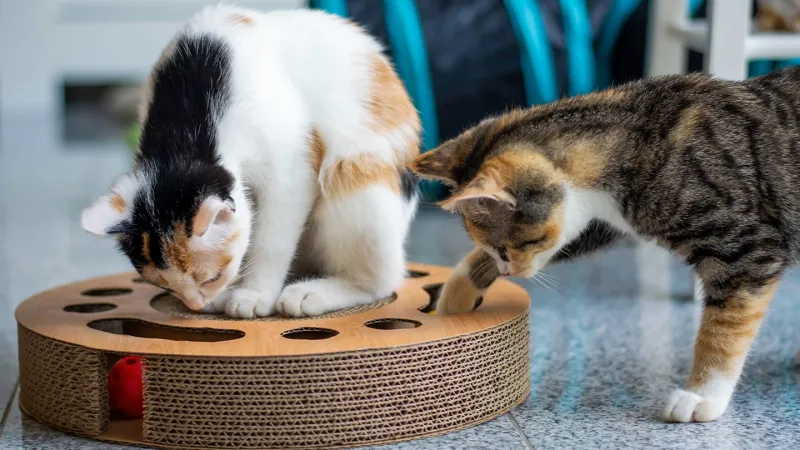
Boredom can be a cat’s worst enemy, leading to frustration and conflict. Enrichment activities are like mental workouts that keep your cats stimulated.
Providing a variety of toys, puzzles, and scratching posts can turn boredom into bliss. It’s like offering them a gym and a playground combined, keeping their minds sharp and their spirits high.
Enrichment fosters curiosity and contentment, reducing the likelihood of disagreements among cats.
13. Creating Safe Zones
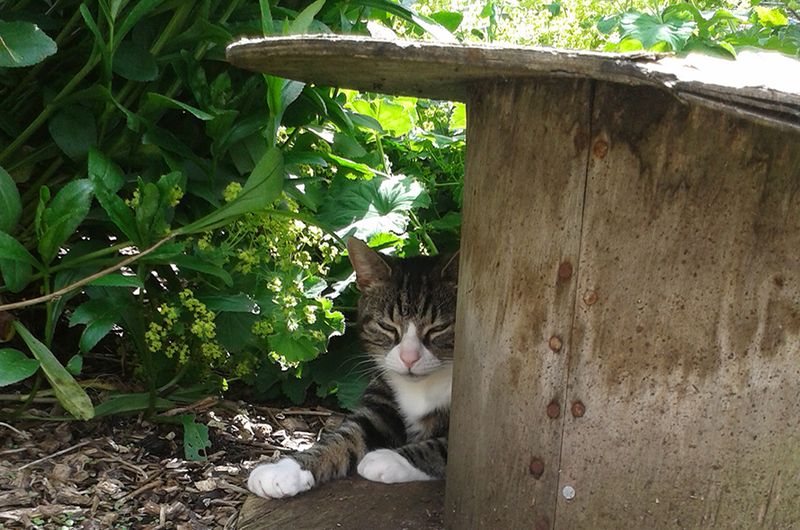
Everyone needs a safe haven, even our feline friends. Designing safe zones where cats can retreat is crucial for emotional security.
These areas should be quiet and comfortable, offering a respite from the household hustle. Think of it as their personal zen garden, where they can recharge.
When cats know they have a sanctuary to escape to, they feel more secure and less stressed. Safe zones are the cornerstone of a peaceful multi-cat household.
14. Positive Reinforcement

Who doesn’t love a little praise? Positive reinforcement works wonders in building trust and reducing tension. Rewarding good behavior with treats or affection encourages harmonious interactions.
It’s like giving them a gold star for being good citizens of the household. Positive reinforcement fosters a loving connection and reinforces desired behaviors.
When cats associate positive experiences with each other, their emotional bonds strengthen, creating a serene environment.
15. Listening To Their Needs
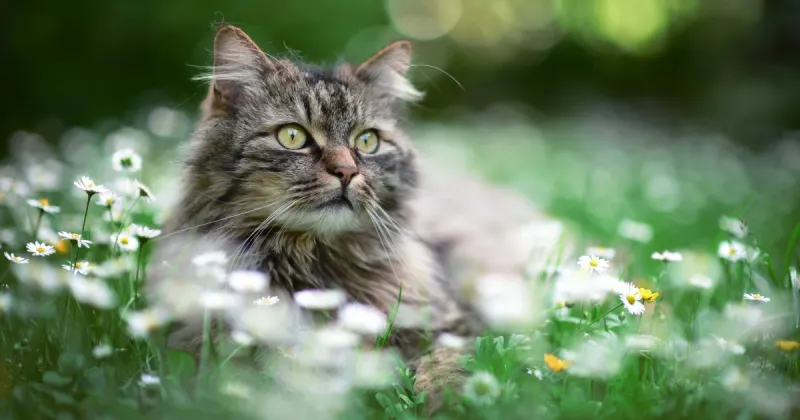
Ever thought of yourself as a cat whisperer? Listening to your cat’s needs can make all the difference. Observing their behavior and adjusting to their cues helps you respond effectively.
It’s about understanding their language and meeting them halfway. This attentive approach reassures cats that their needs matter, reducing stress and fostering trust.
When cats feel heard and understood, it creates a nurturing environment where they can thrive together happily.



